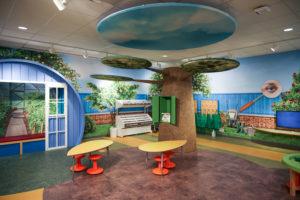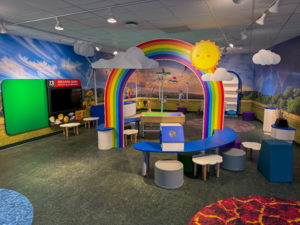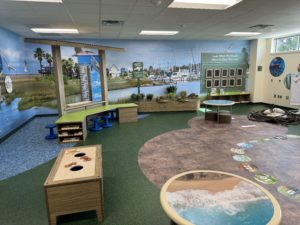As an education support specialist and advocate for experiential learning, one of the most frequent concerns I hear from educators is how classroom management might be impacted by experiential learning environments. Experiential learning best practices like providing interest-based experiences, increasing students’ ability to choose, and allowing active participation can feel like a loss of control. However, as research proves, positive classroom behavior increases when children are engaged in things that interest them. Like anything new, it’s often fear of the unknown that drives concern and apprehension.
So, what can you do to set your classroom up for success and manage student behavior? Like any early childhood classroom, you can be intentional in your planning, set clear boundaries and expectations for your students, and expect to pivot when necessary. The following classroom management tips can be adapted to any early childhood classroom, including environments that follow experiential learning best practices.
- Introduce a new classroom to students by taking a gallery walk, a focused discussion on specific classroom items or materials. Ask students to describe what they notice, how they feel, and what they would like to know more about. Gallery walks help engage kinesthetic learners and help you set boundaries as a classroom community.
- Be clear and assertive with expectations. Emphasize and model what students should be doing rather than what they are doing wrong, especially during conflict and high stress situations. Students are more likely to emulate positive behavior of adults.
- Make a plan for transitions. Transitions are a natural occurrence throughout the day and it’s important to let students know when a transition is happening. Provide a consistent routine or signal during transition periods.
- Make the daily routine visible. Use choice boards or written schedules with pictures to help students anticipate the routine and feel more comfortable.
- Create integrated learning centers. Allow students autonomy to choose centers that encourage curiosity and foster cognitive and social and emotional growth.
Remember, you don’t need to reinvent the wheel. With a little intentional planning, your tried–and–true classroom management strategies will apply in experiential learning environments too!

Colleen Incandela
Colleen Incandela is an Education Specialist for Exploration Zones. She brings more than two decades of child development experience to her role. Before joining the team, Colleen started her career as an educator before moving on to become an Assistant Principal and later Program Manager for Adler Planetarium in Chicago.



